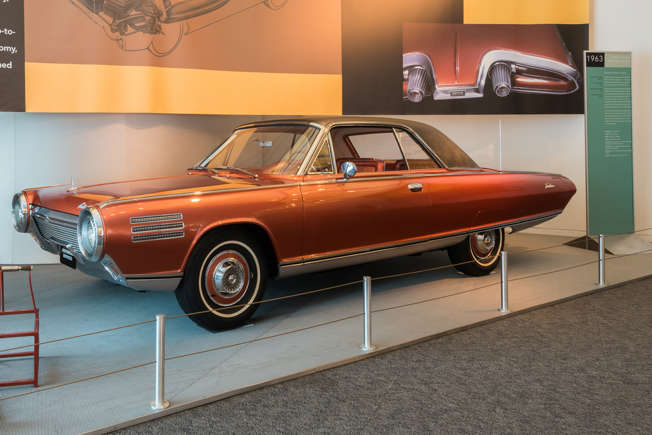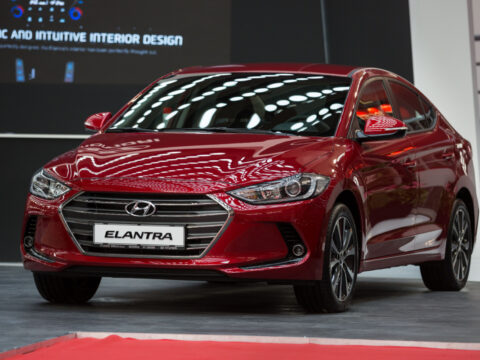Racing motorcycles demand an intense level of control, balance, and precision, where even the smallest ergonomic flaw can disrupt performance. While these bikes are engineered for speed, certain design aspects can inadvertently limit a rider’s ability to respond quickly and maintain comfort during a race. From the placement of handlebars to footpeg positioning, every detail influences how well a rider can adapt to high-speed turns and shifts in terrain. Ergonomic challenges often translate to rider fatigue, reduced control, and even discomfort – all of which can impact a racer’s performance when milliseconds matter.
Recognizing and addressing these ergonomic issues is essential for anyone serious about competitive racing. Misaligned handlebars or poorly positioned footpegs, for instance, don’t only cause physical strain; they affect the rider’s overall stability and precision on the track. By fine-tuning these design elements, racers can achieve a more natural riding posture, conserving energy and enhancing their control in high-stakes situations. Adjusting for ergonomic efficiency ultimately provides riders with greater focus, fluidity, and an edge in their pursuit of victory.
Contents
Improper Handlebar Positioning

Improper handlebar positioning in racing motorcycles can drastically impact control and stability, leading to reduced performance on the track. If handlebars are too high or too low, riders might struggle to maintain an optimal body position, compromising aerodynamics and control. Overly forward or backward positioning can strain the wrists and shoulders, which becomes especially problematic during high-speed maneuvers and extended rides. This misalignment often forces riders to grip harder than necessary, causing fatigue, reduced reaction times, and an increased risk of losing control.
Unsuitable Footpeg Placement

Footpeg placement is critical for balancing a rider’s body weight and ensuring quick maneuverability. When footpegs are placed too far forward or backward, it limits the rider’s ability to shift weight during tight turns, resulting in less control and increased lap times. Poor placement can lead to cramped legs or overstretched positions, leading to discomfort and potential muscle fatigue. This imbalance affects overall stability, especially during aggressive cornering, where a solid footing is crucial for transferring weight effectively and maintaining the motorcycle’s line through a turn.
Inadequate Seat Design

An inadequately designed seat can affect comfort, body positioning, and stability during racing. Seats that are too narrow or too hard can create pressure points, causing discomfort and even pain, which distracts riders from focusing on performance. Conversely, overly cushioned seats may cause riders to sink in too much, negatively impacting body control. An ill-fitting seat can also restrict the rider’s ability to lean effectively and shift weight, which is essential for handling sharp turns. In racing, the seat should support the rider’s pelvis while allowing freedom of movement for optimal body positioning.
Incorrect Gear Shifter Position

A poorly positioned gear shifter can disrupt the smooth operation of shifting gears, which is vital in racing conditions where every millisecond counts. If the shifter is placed too high or too low, riders may struggle to find the correct position to engage gears, leading to hesitation or missed shifts. This positioning issue forces riders to adjust their foot unnecessarily, adding strain and breaking concentration. Proper shifter placement enables seamless, quick shifts that help maintain speed and control, especially on twisty courses where frequent gear changes are required.
Poor Riding Position

The overall riding position affects a rider’s comfort, control, and speed on the track. A poor position that forces riders to lean too far forward or backward can strain the back, neck, and shoulders, leading to fatigue and discomfort during long races. Riding in a cramped or overly extended position can reduce maneuverability and impair the rider’s ability to react quickly. An optimal riding position should allow riders to maintain a relaxed but ready stance, facilitating balance and allowing easy shifts in weight for improved cornering and stability.
Limited Reach to Controls

If a rider’s reach to the controls is either too short or too extended, it hinders the ease of accessing essential features like brakes, throttle, and clutch. Limited reach can slow down reaction times, as riders may struggle to make quick adjustments without overextending or underreaching. This ergonomic failure can also create strain in the hands and forearms, leading to faster muscle fatigue. In racing, even a split-second delay in brake or throttle response can make a difference, so controls need to be within comfortable reach for quick, precise maneuvers.
Excessive Vibration Transfer

Racing motorcycles often vibrate at high speeds, but excessive vibration transfer through handlebars, footpegs, or the seat can cause numbness and fatigue over time. This vibration can lead to a phenomenon known as hand-arm vibration syndrome (HAVS), which affects grip strength and hand sensation, making it difficult to maintain control. Continuous exposure to vibration also increases fatigue, causing riders to lose precision in their movements. Effective vibration damping or isolation in critical contact points helps riders maintain a firm grip and reduces discomfort.
Ineffective Wind Deflection

Poorly designed wind deflection can create aerodynamic drag, which makes it harder for riders to maintain high speeds comfortably. Without proper wind protection, riders may face constant wind resistance that affects stability and increases physical strain on the neck and shoulders. In racing, ideal wind deflection helps streamline airflow around the bike and rider, reducing drag and allowing for better control. Insufficient deflection often leads to fatigue, particularly during prolonged high-speed stretches, as riders struggle against the drag.
Uncomfortable Brake Lever Positioning

The brake lever positioning is crucial in allowing riders to apply controlled, precise braking force. If the brake lever is too high or low, riders may need to adjust their hand angle awkwardly to apply pressure, leading to delayed braking response and less control. A comfortable brake lever position ensures riders can modulate braking smoothly without disrupting their grip on the handlebar. Poor placement often causes hand fatigue, especially in races where split-second braking is essential for cornering.
Insufficient Knee Grip Support

The design of a racing motorcycle should enable riders to grip the bike comfortably with their knees for stability during turns and braking. Insufficient knee grip support can make it difficult to maintain balance, leading to less control when leaning or maneuvering at high speeds. Lack of knee support forces riders to use excessive hand and arm strength to stabilize, leading to upper body fatigue. Effective knee grip helps in distributing the rider’s weight evenly, allowing smoother transitions and greater control through sharp turns.
This article originally appeared on MyCarMakesNoise.
More from MyCarMakesNoise
15 Retro Futuristic Cars That Captured the Imagination

Retro futuristic cars have always fascinated car enthusiasts, blending bold visions of the future with the style of their time. These vehicles pushed the boundaries of design and technology, offering a glimpse of what the future of transportation might look like. Read More.
20 Off-Road Vehicles That Couldn`t Handle Rough Terrain

Not every vehicle marketed as an off-roader can actually handle the challenges of tough terrain. Some models may look rugged, but they fall short when faced with the realities of uneven trails, steep climbs, and rough surfaces. Read More.
15 Niche RV Brands Offering Unique Travel Experiences

When it comes to RV travel, not all brands offer the same experience. Some niche RV companies stand out for their unique designs, innovative features, and tailored travel solutions. Read More.














